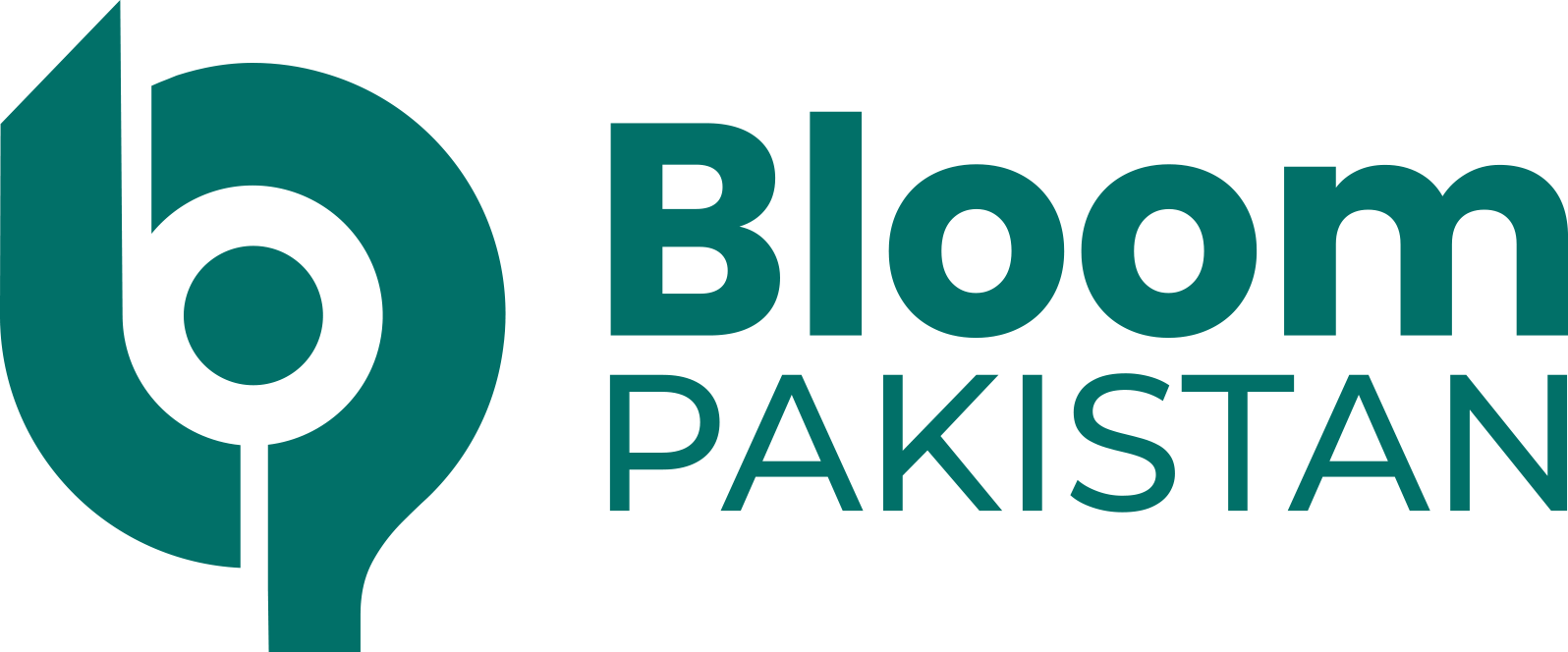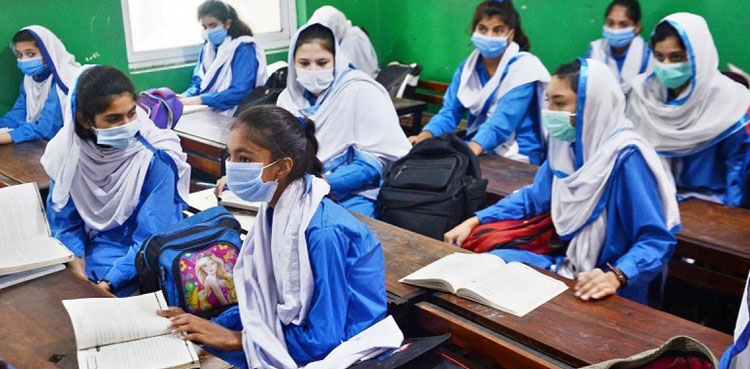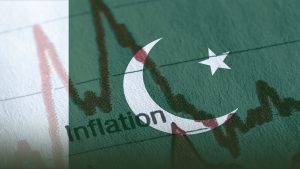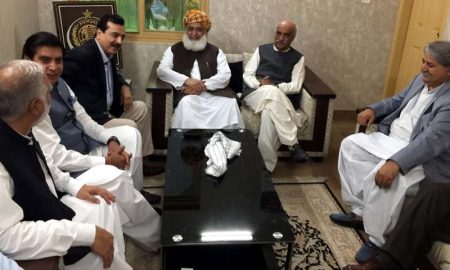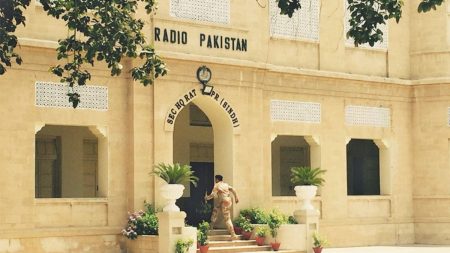Islamabad, Apr 9, 2025: The Punjab government has decided to continue and expand a school initiative that was first introduced during the tenure of former Chief Minister Sardar Usman Buzdar, albeit under a different name.
The authorities have now renamed the “Insaf Afternoon School Programme” to the “Afternoon Schools Programme,” removing the word “Insaf” from the title and school signage.
As part of the expansion, the education department has elevated 200 additional middle schools, including several in the Rawalpindi Division, to high schools.
These institutions will operate as middle schools in the morning and high schools in the afternoon, with new admissions already open. A budget of Rs 475.936 million has been allocated for this enhancement.
The revised system allows students who have completed middle school to progress to these upgraded schools.
Teachers who choose to work during the second shift will receive an additional honorarium.
The Punjab government has selected between two and seven rural schools in each district for this initiative, especially in areas with limited access to high schools.
Read More: Education Boards Report Leak-Free Exams Across the Country
Originally launched in 2020 to address educational gaps in remote rural regions, the program now includes nearly 2,000 operational afternoon schools across the province.
Although, to ensure the successful execution of the program, the Punjab Education Ministry has established monitoring committees in 43 districts.
These committees, made up of selected teachers, will conduct surprise inspections and provide performance reports.
Notable members of these committees include Fahmida Abbasi and Nasir Saleem Satti (Rawalpindi), Muhammad Kashif and Zaheer Matloob (Jhelum), and Muhammad Ubaid Ashfaq, Samer Hussain, and Jahangir Ahmed (Attock).
In a related development, the provincial government is moving forward with the privatization of 5,500 government schools and initiating a comprehensive teacher rationalization plan.
This restructuring, which will begin in April and conclude by May 31, aims to address the surplus of teachers and optimize resource distribution.
However, Any surplus educators will be assigned to a designated pool.
According to the new staffing guidelines:
Primary schools will need one Primary School Head Teacher (PSHT) and one Early Childhood Education (ECE) teacher.
Teacher distribution will be based on the student-to-classroom ratio:
For up to 70 students (2-3 classrooms): 1 Primary School Teacher (PST)
For 105 students (3-4 classrooms): 1 PST and 1 Headmaster/Senior PST
For 140-175 students (5-6 classrooms): 2 PSTs and 1-2 Senior PSTs
For every 35 additional students: 1 extra PST
For every 70 additional students: 1 extra Senior PST
Furthermore, this rationalization process has raised concerns among senior primary teachers, who worry about potential displacement.
However, the government maintains that these changes are necessary for streamlining public education and ensuring equitable teacher distribution before the summer break begins.
